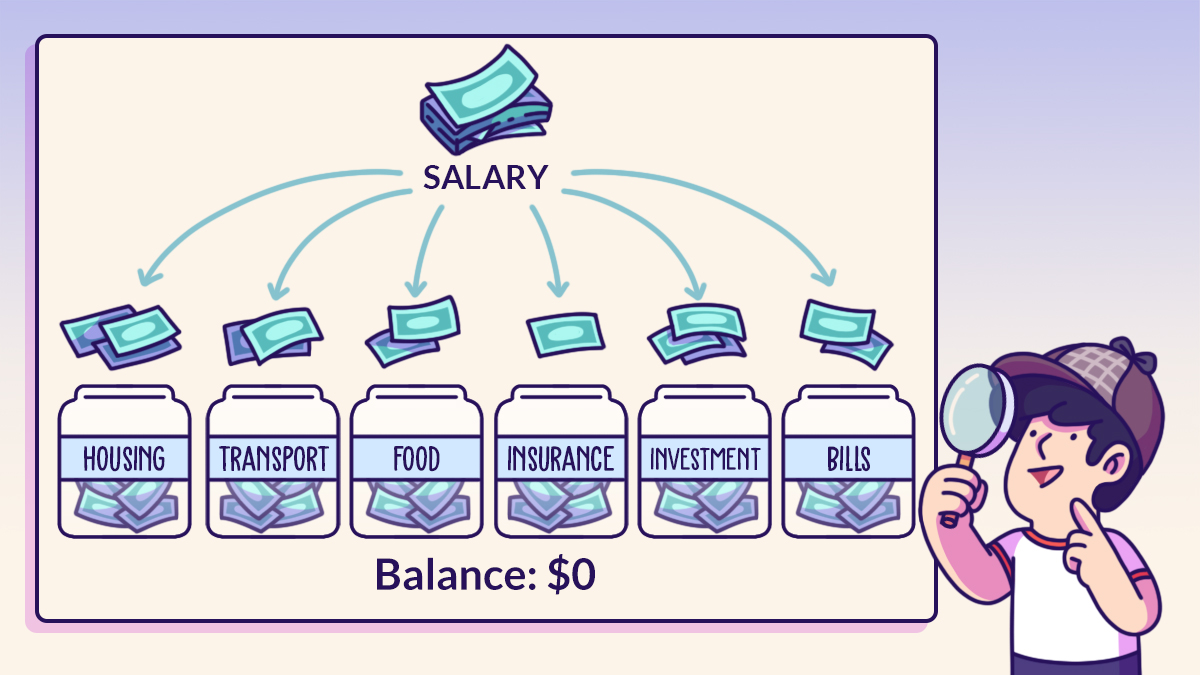The 50/30/20 method
The 50/30/20 method is perhaps one of the more popular budgeting methods due to its simplicity. Here, you allocate 50% of your income towards your needs, 30% of your income goes towards your wants, and 20% of your income is set aside for your savings. Needs are essential expenses that you must pay, such as housing costs (rent), utilities (electricity and water), groceries, transportation, insurance, and medical expenses. Wants on the other hand are important but non-essential expenses such as entertainment, dining out, travel, and entertainment. The 20% of your income allocated to savings should only be used to improve your financial health, such as contributing to your retirement and/or emergency fund.Pros
This method is easy to understand and implement. And, as there is a specific percentage for each category, it ensures that there is a healthy balance between meeting your needs, satisfying your wants, and securing your financial future. The best part is that this method doesn’t require you to track your expenses meticulously. And if you are reaaaally lazy, you can even automate your payments and deductions, so you won’t have to do it manually.Cons
Unfortunately, this method might not be for everyone. The rigid percentages might not suit some people, especially those with lower incomes or who have higher debt. For example, a fresh grad who has student loan debt and is starting at the bottom rung of the income ladder may have to allocate a bigger percentage of their income towards paying off their loan. Also, the 50/30/20 method is oversimplified and overlooks factors such as varying income and fluctuating expenses.











